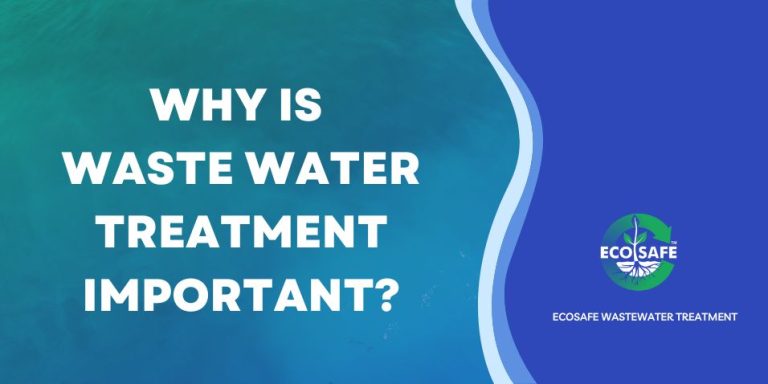The 8-Second Trick For Reclaim Waste
The 8-Second Trick For Reclaim Waste
Blog Article
Reclaim Waste Fundamentals Explained
Table of ContentsThe 45-Second Trick For Reclaim WasteWhat Does Reclaim Waste Do?What Does Reclaim Waste Do?The Buzz on Reclaim WasteThe Best Guide To Reclaim Waste
Discover the types, occurrences, and kinds of fluid waste. Domestic sewer waste refers to the waste and items from a household septic container. This kind of waste is created by human beings in homes, schools, and various other buildings. This only consists of septic storage tanks that have a drain area. The proper monitoring and disposal of residential sewer waste need liquid waste to be moved to a sewage therapy plant where the correct methods and tools are put on detoxify and take care of waste.
Business waste frequently consists of possible risks, such as combustible materials or a blend of liquid and solid waste items, and calls for a more innovative and comprehensive disposal procedure. The disposal of business waste generally entails the purification of waste before transportation to make sure secure and proper disposal. Industrial waste is produced from results and runoff of industrial processes and manufacturing.
This sort of waste can not use the same sewer management transportation or processes as septic or business fluids. The commercial waste administration procedure calls for the examination and testing of liquid waste before it undergoes the disposal process (industrial wastewater treatment). Runoff waste is the fluid waste that originates from drainage and excess stormwater in very booming locations or cities
Overflow waste can trigger contamination and flooding if not managed properly. Making sure appropriate waste monitoring can stop calamities and minimize environmental harm.
The smart Trick of Reclaim Waste That Nobody is Discussing
Get in touch with PROS Providers today to discover our waste administration and disposal services and the appropriate means to take care of the liquid waste you create.
(https://www.easel.ly/browserEasel/14532007)This so-called 'wastewater' is not just an important source however, after therapy, will be launched to our land, waterways or the sea. Utilized water from toilets, showers, bathrooms, kitchen sinks, washings and industrial procedures is understood as wastewater.

water made use of to cool machinery or clean plant and equipment). Stormwater, a type of wastewater, is runoff that streams from farming and metropolitan locations such as roof coverings, parks, gardens, roadways, courses and rain gutters right into stormwater drains, after rain. Stormwater moves without treatment directly to regional creeks or rivers, at some point reaching the sea.
5 Easy Facts About Reclaim Waste Described
In Queensland, most wastewater is treated at sewer therapy plants. Wastewater is carried from domestic or industrial sites with a system of drains and pump terminals, referred to as sewage reticulation, to a sewer therapy plant. Local governments develop, preserve and operate most sewage treatment plants. Operators are licensed under the Environmental Management Act 1994 to release cured wastewater at an appropriate environmental requirement right into waterways.
The Department of Natural Resources suggests regional federal governments about handling, operating and preserving sewerage systems and treatment plants. In unsewered locations, neighborhood governments might require homeowners to set up private or home sewage treatment systems to deal with residential wastewater from bathrooms, kitchen areas, shower rooms and washings. The Department of Natural Resources authorises making use of household systems when they are confirmed to be reliable.
In some brand-new neighborhoods, therapy of some stormwater to get rid of trash, sand and gravel has actually begun making use of gross contaminant catches. Wastewater treatment occurs in 4 phases: Removes solid matter.
Utilizes small living microorganisms knows as micro-organisms to damage down and remove continuing to be dissolved wastes and fine particles. Micro-organisms and wastes are integrated in the sludge.
The Reclaim Waste PDFs
Nutrient removal is not readily available at all sewer therapy plants since it needs costly specialist equipment. Clear liquid effluent produced after therapy might still consist of disease-causing micro-organisms - liquid waste removal melbourne.

A lot of wastewater flows right into the sewerage system. Under the Act, neighborhood federal governments provide authorizations and permits for environmentally pertinent activities (ERAs) entailing wastewater releases that might have a neighborhood effect.
Everything about Reclaim Waste
Surveillance provides factual information about water high quality and can validate that permit problems are being fulfilled. The details obtained through monitoring supplies the basis for making water top quality choices.
Report this page